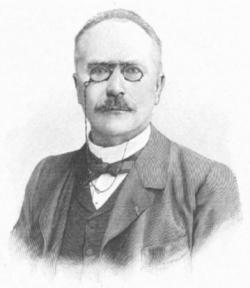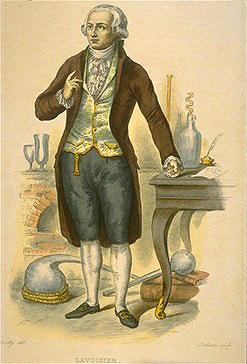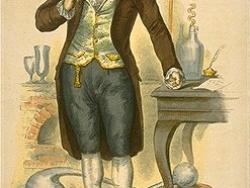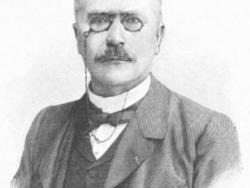75006


Antoine-Laurent Lavoisier studied at the Académie des Sciences de l'Institut de France (then "Collège Mazarin") from 1754 to 1761. He was elected to the Royal Academy of Sciences in 1768, where he presented his important studies on oxygen in chemistry. These began with a "pli cacheté" of Nov. 2, 1772, and, after he experimentally proved the chemical composition of water by the quantitative method, culminated in his abandoning of the phlogistic theory in 1785.
Innovations

Antoine-Laurent Lavoisier studied at the Académie des Sciences de l'Institut de France (then "Collège Mazarin") from 1754 to 1761. He was elected to the Royal Academy of Sciences in 1768, where he presented his important studies on oxygen in chemistry. These began with a "pli cacheté" of Nov. 2…
Read More


